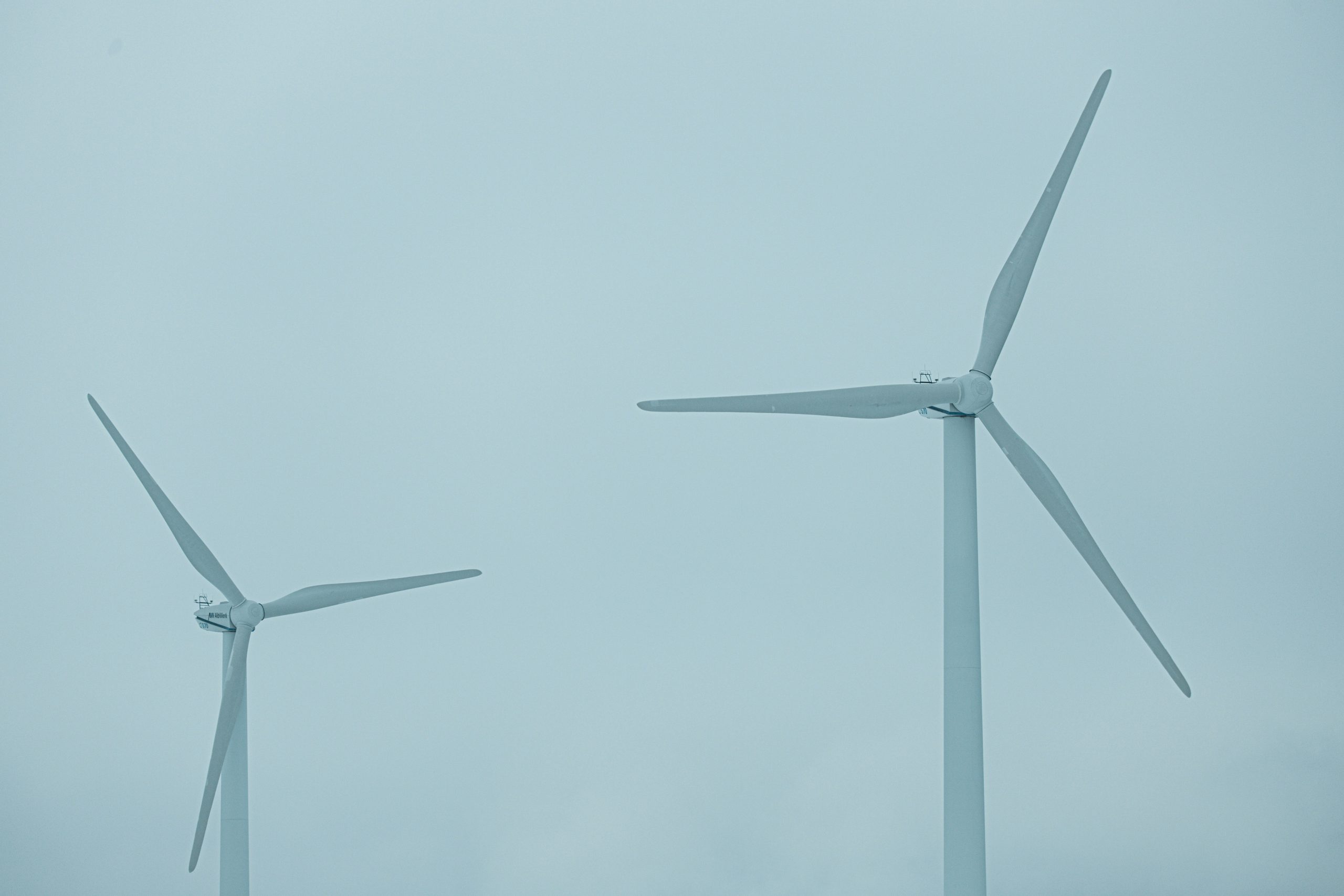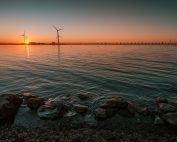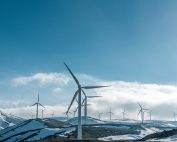BalticWind.EU asked industry leaders and key policy-makers for their assessment of what has been achieved in the past year and what the forecasts are for 2024. In today’s interview of the „Baltic Sea Offshore Wind – 2024 Outlook” series, we present the opinion of Kamil Kobyliński, Head of Offshore Wind Poland in Total Energies.
From my perspective, the most significant events for offshore wind energy in 2023 are…
appearance of new capacities despite challenges of offshore wind energy industry in the world. By the end of 2022, we had over 63 GW of global offshore wind energy capacity, which represented 7% of global wind installations. In 2023, the capacity of offshore wind farms continued to grow, reaching over 70 GW of capacity at the end of the year. Last year, over 7 GW of capacity was fully commissioned – including the TotalEnergies – Seagreen offshore wind and 48 GW was in the construction phase.
Regionally, the announcement of the European Wind Power Package was received with great satisfaction, specifying, inter alia, intensification of offshore wind energy development targeting 60 GW by 2030 and 300 GW by 2050.
In turn, in Poland new awards for offshore wind energy under the so-called “the second phase” was significant event of the year. As of now, Poland already secured over 18 GW in offshore locations and significantly starts contributing in offshore development in Europe.
Most important challenges for offshore wind development in 2024 are …
mastering the dynamics of change and uncertainty in the offshore wind market, in particular related to the supply chain, components’ prices variability and cost inflation. These factors have made commercial decisions increasingly difficult and uncertain in 2023 and may lead to even more delays or abandonments of offshore projects in 2024. Despite of that TotalEnergies continues its offshore wind worldwide program.
However, these issues will have significant implications for the European offshore market, which in my opinion, must relatively quickly rebuild its production and logistics potential in order to achieve the goals set out in the European Wind Charter, but also to ensure competitiveness in relation to other markets – American or Asian.
Nationally, the industry is catching up on infrastructure for offshore wind – the construction of an installation port has started (Orlen), nacelle assembly and blade production plant is underway (Vestas), and preparatory works for the construction of foundation factories and towers are being finalized (Windar Renovables, Baltic Towers). The timely implementation of these projects will certainly have an impact on the feasibility of the Polish 18 GW offshore program by 2040.
In addition to strictly infrastructure issues, the foreign investors wait for decisions regarding strategic partnerships for the second offshore phase (over 10 GW). As TotalEnergies, we continue to maintain our interest in the development of the Polish offshore program, targeting our cooperation not only in this area, but in the entire integrated energy transformation value chain.
What matters related to offshore wind energy will you particularly focus on in 2024?
Globally, we will continue to implement our offshore wind energy portfolio to achieve at least 15 GW of power in operation by 2030. In addition, we are analyzing the possibilities of participating in upcoming tenders for concessions for offshore wind energy – in Europe alone, 2024 may bring up to 40 GW of power to be contracted in auctions.
Finally, from the Polish perspective, we hope that 2024 will also bring a clear plan for the development of offshore wind energy, especially the second phase.
When talking about Polish offshore, we are talking about over 18 GW of capacity with a perspective until 2040. Taking into account the scale of the project as well as the needs of the country’s energy transformation, offshore wind energy should be considered as a component of the entire energy transformation chain and not only as “stand-alone” projects. .
Utilization of such potential should serve the development of new technological and commercial solutions, such as Power-to-X technologies, transforming it into hydrogen-based energy carriers – green ammonia or synthetic fuels.
Hence, the proper selection of partners for the implementation of Polish offshore, who, in addition to knowledge and experience, will help build the highest possible added value in the entire value chain, thus making Polish offshore more credible compared to other competitive markets.
As a multi-energy company, we operate in all the above-mentioned areas, always in the partnership formula – this is in our DNA. By contributing our know-how, reliable financial position as well as purchasing power – which is crucial in the context of the current situation on the offshore market – we implement synergy effects and maximize the added value both for joint ventures and for the entire local economy.
To sum up, 2024 will be a year of intensive work aimed at convincing Polish partners to jointly implement energy transformation projects.















